THE STORY
HISTORICAL NOTES
The Palace in the Village
Residence of the Counts of Frattina and the House of Malimpiero of Venice, consisted of a farmhouse and a manor. Its construction dates back to the last decades of the 18th century, as attested on the cadastral map plants by land registers Lombardo-Veneto and Austro- Italian kept in the Offices of State Archives in Pordenone and Venice. In 1870 it was acquired by Venice Civil Hospital and turned into a school. Numerous artefacts were found in the property probably from the Napoleonic age: the most peculiar are bayonets, inkwells and agricultural tools proper of that period. The Sacilotto Family from Motta bought the property in the early ‘900 to transform it into a silky factory, by adding to the existing structure a cocoons deposit with its drying kiln.
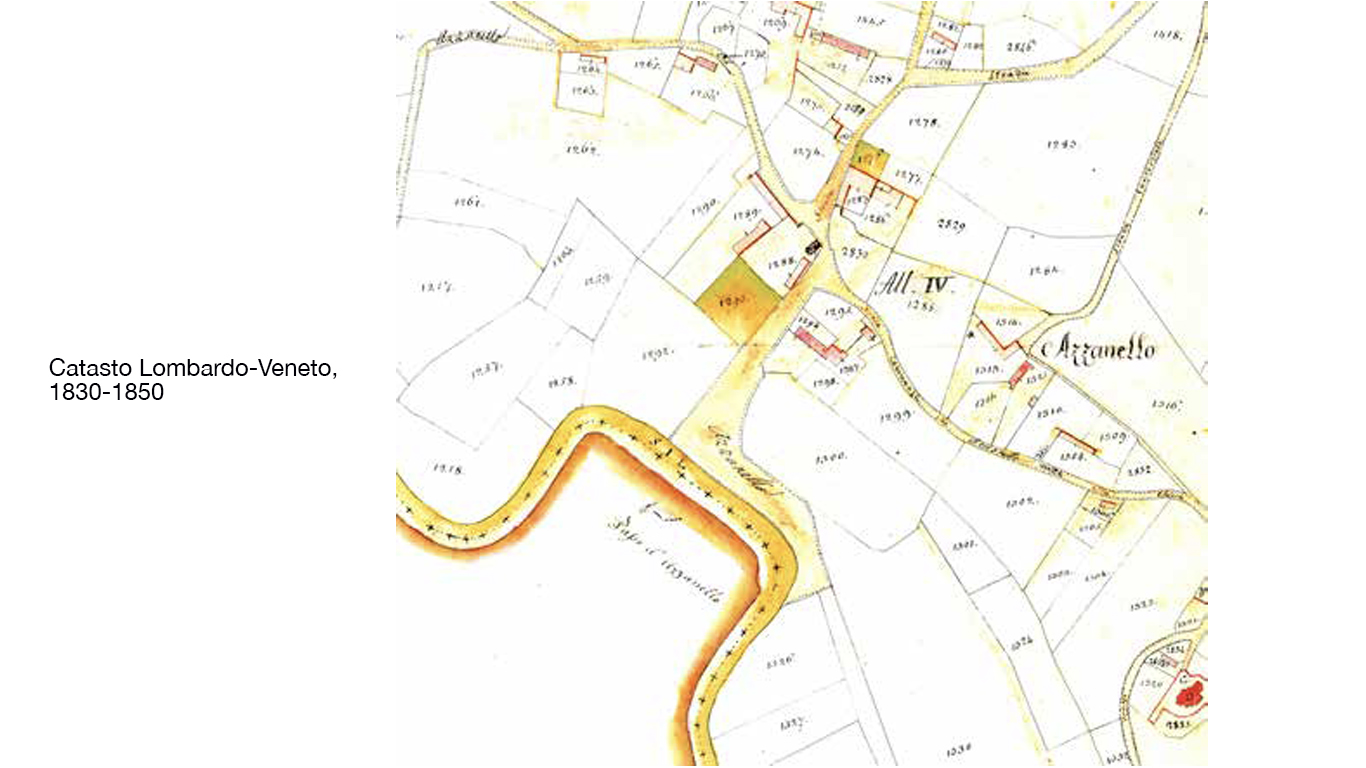
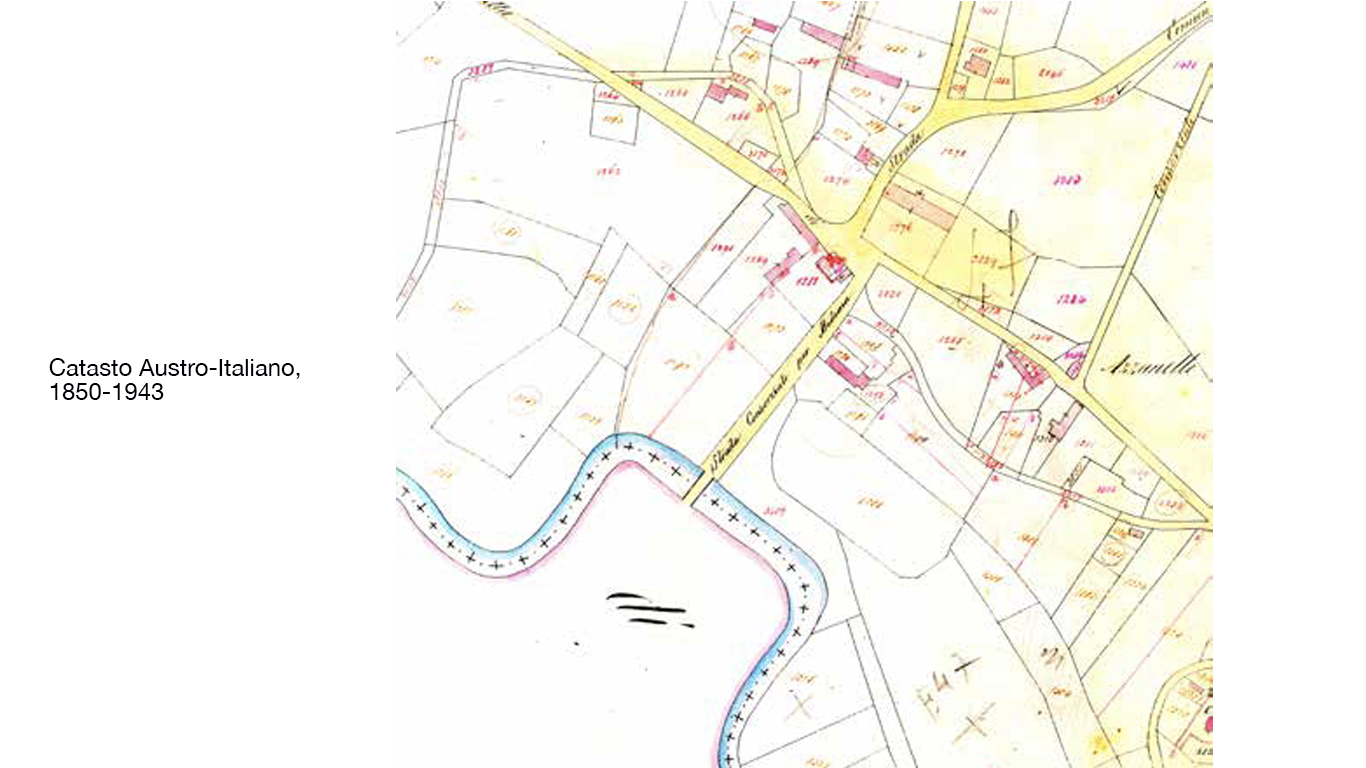
Michelangelo Sacilotto, son of the coffee maker of Motta, enriched in a short space of time, partly with the game and partly with the help of Mr. Giacomini, Director of the Bank of Italy. He buys hotels, farms, the Azzanello villa, to whom attaches a cocoons storage (with selection) and a drying kiln.
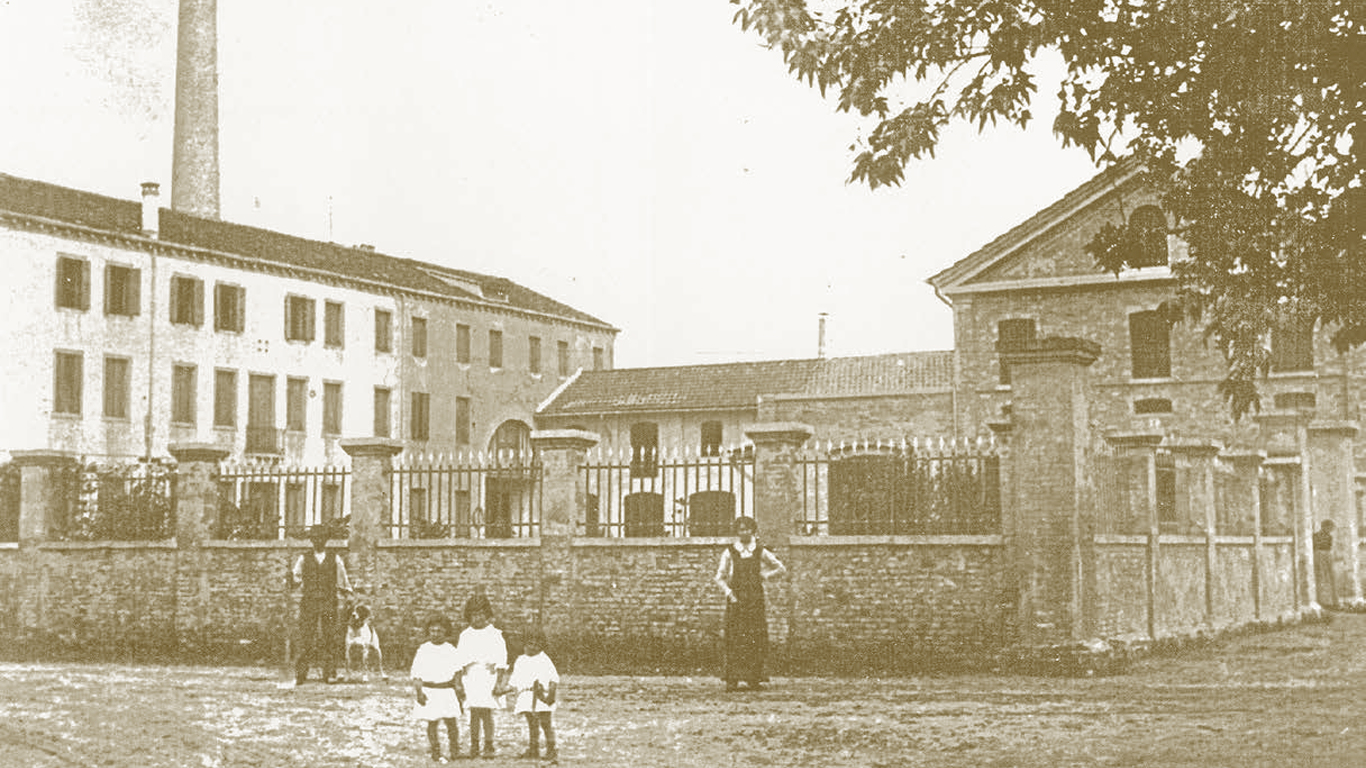
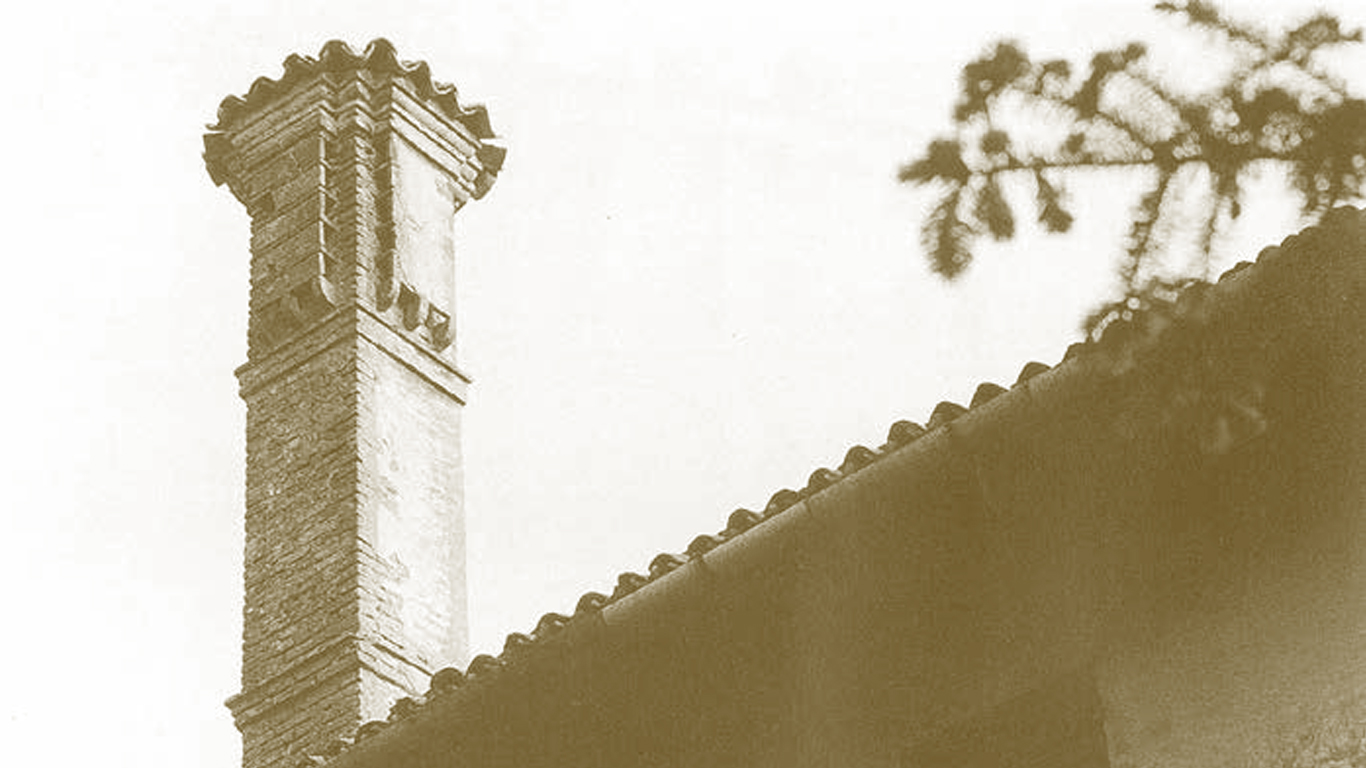
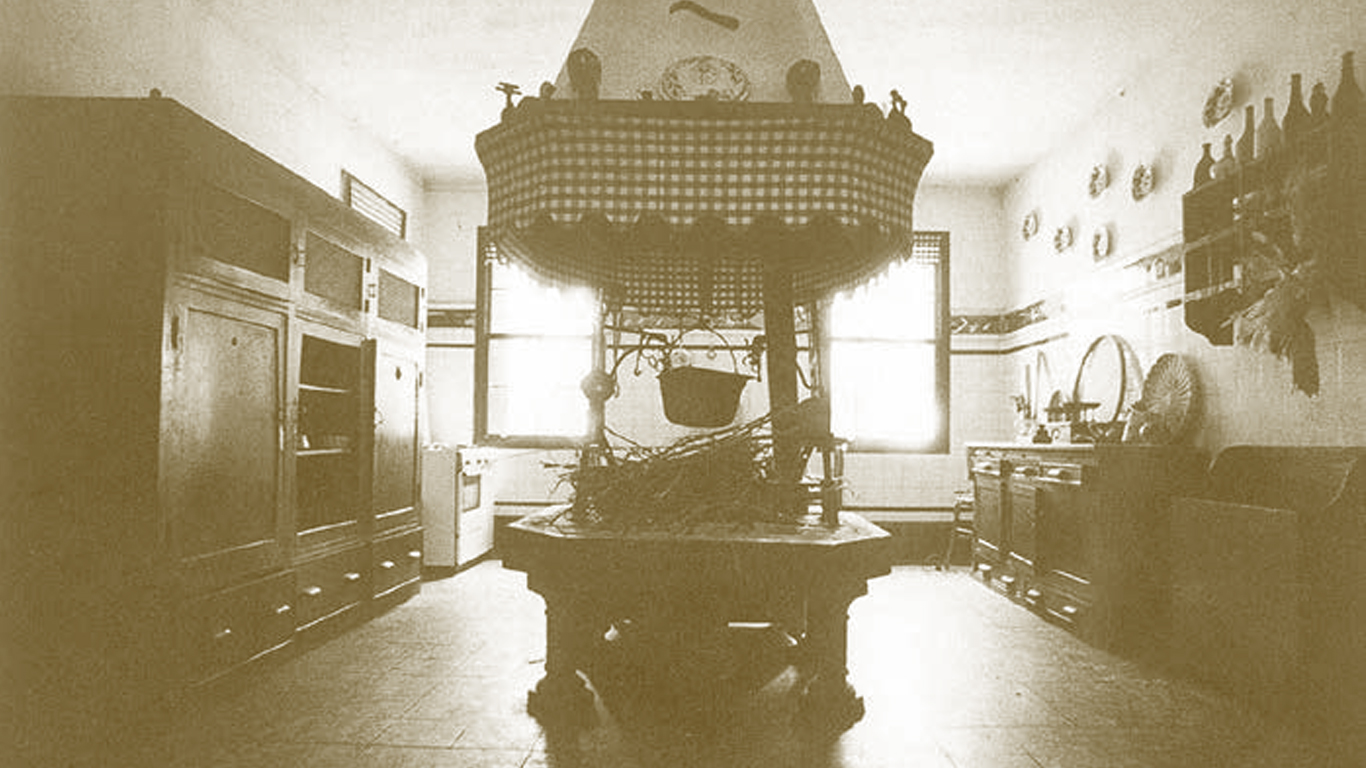
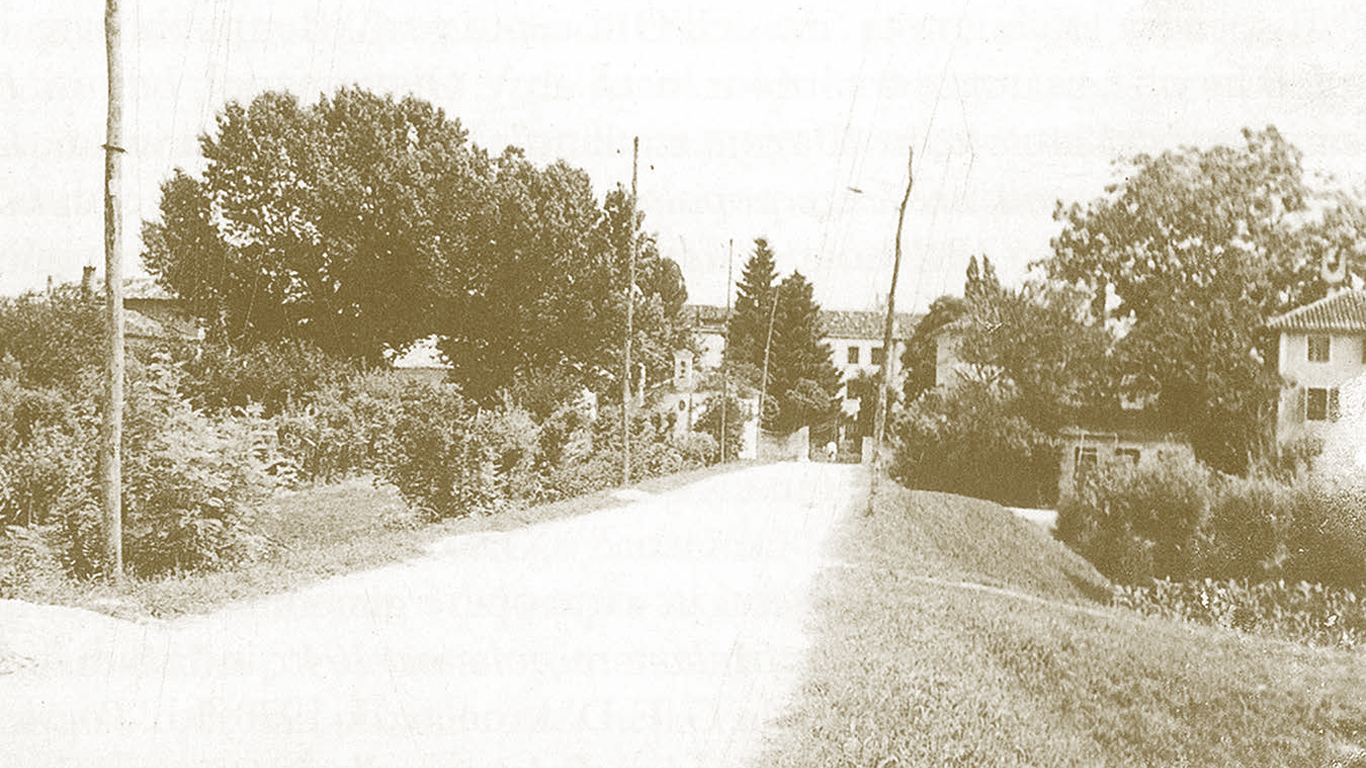
THE PALACE IN THE VILLAGE
Pasiano di Pordenone
The Palace in the Village
“A villa is normally inserted in the nature, or at least at the edge of a village, in the midst of a wide park. However there are some manor houses that, as if they were palaces, are located on the main square of the village and they, at best, open to nature only on the back. These buildings have arisen often for reasons already known, namely as aristocratic residences and center of agricultural activity of a patrician city, and their peculiar position has historical reasons ... This villa is located, as if it were an urban palace, facing the back of the church on the main square ... Only the inner part of the property opens to nature ...”
(Ville Friulane, storie e civiltà - Christoph Ulmer, Gianni D’Affara - Magnus Edizioni, Udine 1993)
PASIANO
Pasiano di Pordenone
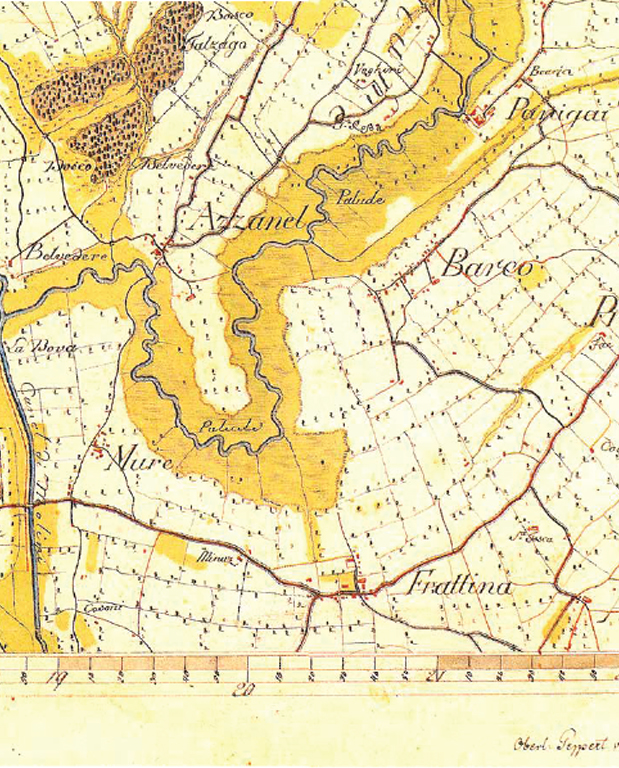
Mentioned for the first time as Paselano, Paseleano and Pasiliano in documents of the late 12th century, Pasiano has Roman origins (the name means “lands of Pacilius”): it arose along the axis of maximus decumannus of Concordia centuriation between the second and first century BC. During that era it was a commercial focal point: the settlements were owned by medium-large estates, strategically placed near the road network and the waterways in order to supply the markets of the Po Valley and center of Italy. In particular, the name Azzanello would take its origin from Latium anhelo since the view of this area, where the Sile river can be forded, would have reminded the Romans their Latium country, characterized too by woods, meadows and marshes. Recent archaeological excavations attested that Pasiano was the residence of the consul Acilius Glabrio, a member of an important senatorial family whose possessions are recorded in Istria as well. Its preeminence extended to the Middle Ages as the seat of a parish church that embraced the territory between Piagno and Meduna, Azzanello and Visinale. It was later ecclesiastically subdued to the bishop’ refectory of Concordia and became part of the fief of the lords of Prata until the first half of the 15th century, when the Maritime Republic of Venice, which had extended its domination over most of Friuli, confiscated the House assets. In 1400 Corrado of Montereale Valcellina bought there a castle, on whose foundation was built the well- known Villa Saccomani, today Town Hall. The Municipality of Pasiano was finally set up in the Napoleonic era and in a few years, after some adjustments, it reached its current size. Poets and nobles stayed in the Venetian villas that still frame this town, surrounded by nature and crossed by who painted the famous canvas “The Last Supper” and “The Virgin Mary and the Saints” preserved in the Parish of the adjacent Meduna. Villa Sacilotto is collocated in this extraordinary contest, rich in history and art, as fine example of a noble residence built in late 1700. The property is situated near important tourist and historical destinations, among which we can name Venice, Trieste, Padua, Verona and Cortina d’Ampezzo. The proximity to the A4 motorway provides easy access to the cities of Milan, Bologna and Florence.

Villa Saccomani

Gasparo Gozzi

Giacomo Casanova

Carlo Gozzi

Jacopo Robusti

Villa Querini
PASIANO
Pasiano di Pordenone

Citata per la prima volta come Paselano, Paseleano e Pasiliano, in documenti della fine del XII secolo, Pasiano ha origini romane (il nome significa “terreni di Pacilius”): sorse lungo l’asse del decumano massimo della centuriazione di Concordia tra il II ed il I secolo a.C. Punto nevralgico dei commerci dell’epoca, gli insediamenti facevano capo a proprietà fondiarie di dimensioni medio-grandi, poste strategicamente vicino alla rete stradale e alle vie fluviali, in modo da poter rifornire i mercati dell’area padana e centroitalica. In particolare, il nome Azzanello trarrebbe la propria origine da Latium anhelo poiché questa zona, appena guadato il Sile, avrebbe ricordato ai conquistatori romani i panorami della patria laziale, anch’essa caratterizzata da boschi, prati e paludi. I recenti scavi archeologici hanno documentato che fu residenza del console Acilio Glabrione, esponente di un’importante famiglia senatoria i cui possedimenti sono attestati anche in Istria. La sua preminenza s’estese al Medioevo in quanto sede di una chiesa plebana che abbracciava il territorio tra Piagno e Meduna, Azzanello e Visinale. In seguito fu posta ecclesiasticamente alle dipendenze della mensa vescovile di Concordia e divenne parte del feudo dei Signori di Prata fino alla prima metà del XV secolo, quando la Repubblica Marinara di Venezia, che aveva esteso il suo dominio su gran parte del Friuli, confiscò i beni del casato. Era altresì dotata di un castello, acquistato da Corrado di Montereale Valcellina nel ‘400, sulle cui fondazioni fu costruita la ben nota Villa Saccomani, oggi sede della Casa Comunale. In età napoleonica venne infine istituito il Comune di Pasiano, che in pochi anni, dopo alcuni aggiustamenti, raggiunse le attuali dimensioni. Ville venete vissute da poeti e nobili sono la cornice di questo Comune immerso nella natura e attraversato da numerosi corsi d’acqua. Nel novero dei più illustri visitatori dell’epoca ritroviamo personalità come Giacomo Casanova ospite dei letterati Carlo e Gasparo Gozzi e successivamente Gabriele d’Annunzio. Fu addirittura luogo d’ispirazione di Jacopo Robusti, detto Tintoretto, che qui dipinse le celebri tele “L’ultima cena” e “La Madonna e i Santi” conservate nella Parrocchia dell’adiacente Comune di Meduna.
In questo contesto straordinariamente ricco di storia ed arte si colloca Villa Sacilotto, dimora signorile edificata alla fine del ‘700. La proprietà è situata nelle vicinanze di importanti località turistiche e mete storiche tra cui spiccano Venezia, Trieste, Padova, Verona e Cortina d’Ampezzo. La prossimità con la rete autostradale A4 consente di raggiungere agevolmente ed in poco tempo le città di Milano, Bologna e Firenze.
